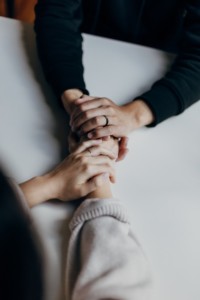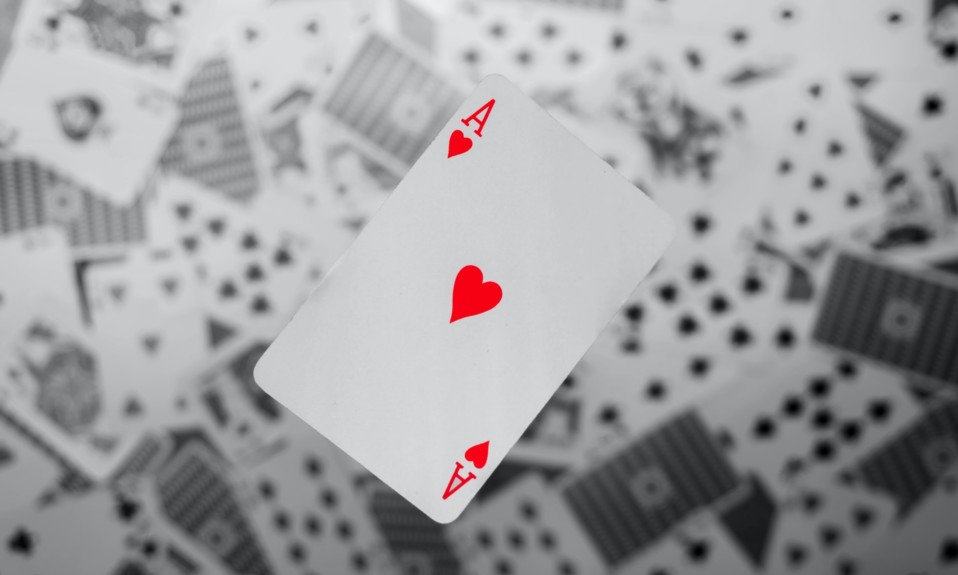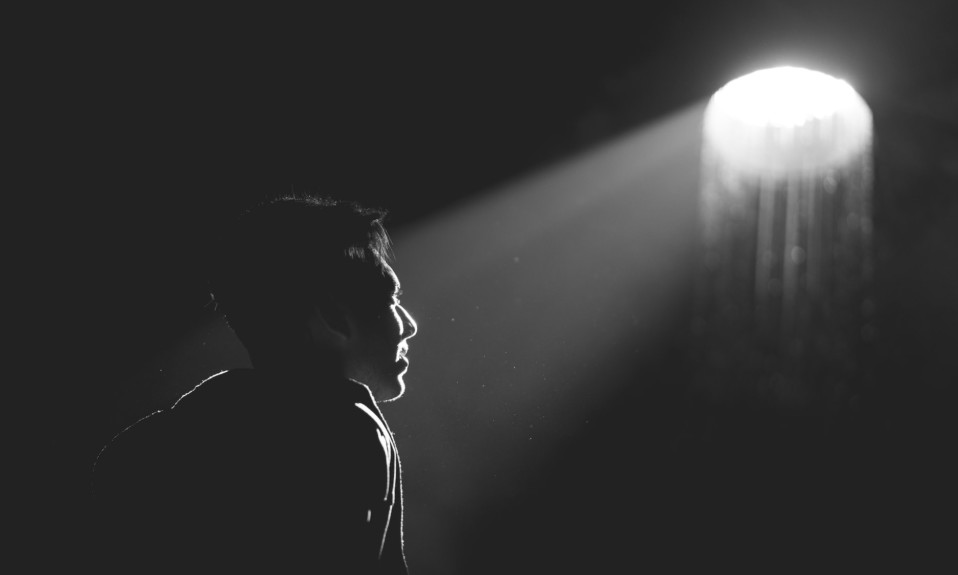Just as with bowling, quantifying outcomes in treatment isn’t as cut-and-dried as it appears
This post is reprinted with permission from one of TreatmentMagazine.com’s go-to blogs about addiction, treatment and recovery: Recovery Review.
By Austin McNeill Brown
Let’s say I cannot bowl very well. I have a bowling problem. My father loved bowling and was usually good at it, but he was also plagued with times where he was not very good; he was very hard on himself during those times. In fact, every time I try to bowl, I suck at it. Furthermore, like my father, I am very hard on myself about this fact. For whatever reason, I desperately need to become a better bowler.
I ask myself, “What would I do if I were given the choice of where to set up bowling pins, anywhere in the lane, in any configuration I wanted?”
To answer this, I would first identify how the official configuration does not match my bowling style (linear, rolled between squatting legs, granny style). Those fancy pro bowlers with their wrist guards and curving balls—not for me. The second part is the length; the lane is a bit long for my style. Of course, I still want to be rigorous, so I think a lane about half as long is probably best. So, halfway down at the mid-lane, I set up my pins, knowing that my style consistently produces a straight bowling ball that rarely deviates beyond six inches of center and rolls at about half speed.
I want to be scientific, so I throw several regular games of “old bowling,” recording the score, then throw the same amount of games under this new configuration, “new bowling.”
Lo and behold, my new method consistently and statistically produces much better scores than the old regime. This new method yields twice as many pins knocked down (PND).
In a tweet, I pronounce, ‘How do you expect people to have the confidence to keep learning to bowl, if, in their first game, the scores are almost ALWAYS LOW and people feel ashamed?’”
My new method goes so well that I start writing all about it. I travel to bowling alleys, give presentations, lessons, demonstrations. I find niches for New Bowling (like kids bowling), I publish lengthy books on matching the best pin arrangement for your throwing style. I become famous, a “maverick,” an outspoken critic of the ineffective “old way” of bowling.
What is lost? Well, for one, the entire point of the game. The game’s goal is not to just effectively knock down pins—although, from an outsider’s perspective, that is what bowling may objectively appear to be.
Second, as quaint as it may sound, the tradition, art, history and meaning of bowling are lost. However, I do not know or care about that history. I just want to knock down pins effectively.
I do not even talk to my fellow bowlers at all. When they point out I may be “bowling wrong,” I fling their accusations back at them, label them “bigots, hypocrites.” I dig up research on wrist injuries from old bowling; I write about how it takes years for people to learn the old way, how scores for ordinary people are typically low, ESPECIALLY the FIRST TIME they play.
In a tweet, I pronounce, “How do you expect people to have the confidence to keep learning to bowl, if, in their first game, the scores are almost ALWAYS LOW and people feel ashamed?”
I publicly question whether bowling is even a “sport”—I mess around with language. I say to people, “This so-called ‘sport,’ is for dominant classes of the privileged, who have the luxury, time and access of training. Not everyone can train to be a good bowler. Not everyone wants to be a bowler—some just want to knock down pins. I want to see bowling pins set up in such a way so as to be able to be knocked down by anyone.
See how egalitarian I am? See how I bring justice to the injustice of this so-called “sport”?
I even write a personal book about how my abusive dad tried to teach me bowling, how this gave me anxiety, how this anxiety crippled my ability to learn the skills I needed to be successful in the old bowling style. I throw in graphs, statistics, studies on performance anxiety.
Longtime bowling instructors, and their bowling clinics, become pariahs. When they speak about the holistic benefits of learning to bowl, people shout over them, ‘Yeah, but HOW MANY PINS ARE THEY REALLY KNOCKING DOWN?’”
Everyone is sympathetic. The book is a hit. I tweet, “I survived shamed-based bowling and THAT is WHY, I am pushing for a better way.”
Headlines thus declare, “New Bowling Is Evidence-Based Bowling, and It Doesn’t Carry the Shame of the Old Style.”
Do you want to knock down pins? Here is how to do it BEST, and in a way that is not only accessible to all but sheds the “old way,” the “Al Bundy way” of “shame-based bowling.”
And those who still bowl in the old way? That is fine, but ALL bowling alleys should have several lanes DEDICATED to New Bowling. If not, you are discriminating against people based on their bowling style, skill, and what they want.Moreover, this is the EXACT problem with “Shame-based Bowling.”
Well, demand for New Bowling goes up. Bowling alley owners who do not adapt are accused of being “anti-scientific,” of relying upon “ghosts of the past and bowling folk tradition.”
So what happens? Well, a whole new movement and push for New Bowling emerge. Policymakers get involved, grants to study and compare pins knocked down (PND) are made available, bowling sponsors change their tune. A whole system of money, business and science that once relied on the holistic vision of bowling as a sport now becomes a self-referential system that claims New Bowling to be superior, more just, and a better way to spend bowling money. A whole system of money and science becomes the rationalization apparatus of New Bowling. The jury is in, the evidence is clear: New Bowling is JUST BETTER.

I tweet, “Al BUNDY BOWLING KILLS SELF-ESTEEM,” and it gets millions of retweets.
Longtime bowling instructors, and their bowling clinics, become pariahs. When they speak about the holistic benefits of learning to bowl, people shout over them, “Yeah, but HOW MANY PINS ARE THEY REALLY KNOCKING DOWN?” or “How many EGOS have been murdered by the shame created by these so-called “bowling clinics?”
Billing for bowling clinic hours becomes dominated by how many pins the students can knock down per session (PNDPS). This measure becomes the standard rubric for all bowling clinics. No sufficient PNDPS number? No compensation.
Along the way, no one is allowed to question the whole picture. No one asks if the number of pins knocked down should be the focus of the science of bowling. No one reads the fine print.
In the search to find a better way to knock pins down for people who lacked bowling skills, I missed the entire point of learning the craft of competitive skills that, at times, can transcend all other life challenges.
A perfect game? Rare, yes, but when it happens, everything else becomes less important—car trouble, bills, the daily grind. For a small moment, none of that matters when there is a perfect game. The discipline the bowler learns from not bowling a perfect game also has its rewards. By practicing every day, the bowler gets better. They see themselves as a bowler. They are proud of themselves, even on days where they do not bowl a perfect game.
The whole point of the sport is dedication, honoring the traditional values of competition, practices and daily effort. The point is to join in an activity with others, laugh, smile, have fun. It is about learning about oneself. Bowling is not valuable because of the pins knocked down each day. It is valuable because those dedicated to bowling are changed in seeking to do so each day. What they learn at the alley becomes a metaphor for living. The friends they make at the alley are their support networks in real life. The point is not knocking down pins. The point is to become a better person by honing the craft—by seeking to do so through practice, community, and effort.
Yet, The Journal of Bowling Science declares: “New Bowling is, in fact, BETTER”*
(*at increasing the number of pins knocked down).
By measuring the wrong thing, I have entirely missed the potential of what bowling can do for the bowler. By negating the qualitative input of longtime bowlers, bowling instructors, new bowlers, league reps and alley owners, I lose sight of the motivations, connections, memories, feelings and pain of those who actually know what bowling is about. I lose sight of the aggregate truth: the truth of what it means to bowl and to be a bowler.
If I want to measure bowling ‘outcomes,’ I cannot do so by simply quantifying the number of knocked-down pins, no matter how observable this may be. … No matter how logically appealing it may be, this is the absolutely incorrect way to measure what bowling does for the bowler.”
Instead, I insist that such research is “just unscientific” and not generalizable. After all, facts do not care about feelings. Besides, such research is not “cost-effective.” I get my fellow statisticians to weigh in—they agree. It simply is not feasible to account for those kinds of qualitative effects that are so individualized. What it means to bowl and be a bowler is not an observable fact. All science can and should measure is PND, and therefore, the old bowling ways are terrible at producing outcomes. It is better if science sticks to observable facts.
By measuring the wrong thing, I have not only missed the point of what bowling does for the bowler, but I have also negated the discussion of the benefits of learning to bowl. While at the same time creating a whole system that prevents me from ever truly and scientifically coming to understand what it means to bowl and to be a bowler. Instead of Bowling Science communicating ways that bowling instructors can teach better old-style bowling or exploring the joy of bowling, the science of technique, Bowling Science becomes the art of bean-counting, the journal of standards for PND counting.
Instead of the joy of watching a new bowler learning new skills, instead of teaching about discipline, fun, dedication, fair play and the gifts of learning to bowl (no matter how many pins fall), the bowling instructor is reduced to manualized technical instruction and LOTS of PND counting and billing for those PNDPS.
If I want to measure bowling “outcomes,” I cannot do so by simply quantifying the number of knocked-down pins, no matter how observable this may be. No matter how instinctively rational and scientific the counting of pins knocked down (PND) may seem. No matter how logically appealing it may be, this is the absolutely incorrect way to measure what bowling does for the bowler.
This Recovery Review post is by Austin McNeill Brown, who is the former associate director for research and programming at the Center for Young Adult Addiction and Recovery at Kennesaw State University in Atlanta. He is the co-founder of the Recovery Science Research Collaborative, dedicated to bringing together the best and brightest researchers from across the country to build out the science of recovery. Brown has coauthored numerous journal articles on various recovery support services, recovery definitions and recovery theory. Find more of his writing, as well as a thought-provoking range of articles, insights and expert opinions on treatment and addiction, at RecoveryReview.com.blog.
Top photo: Michelle McEwen; bottom photo: Cleyton Ewerton














